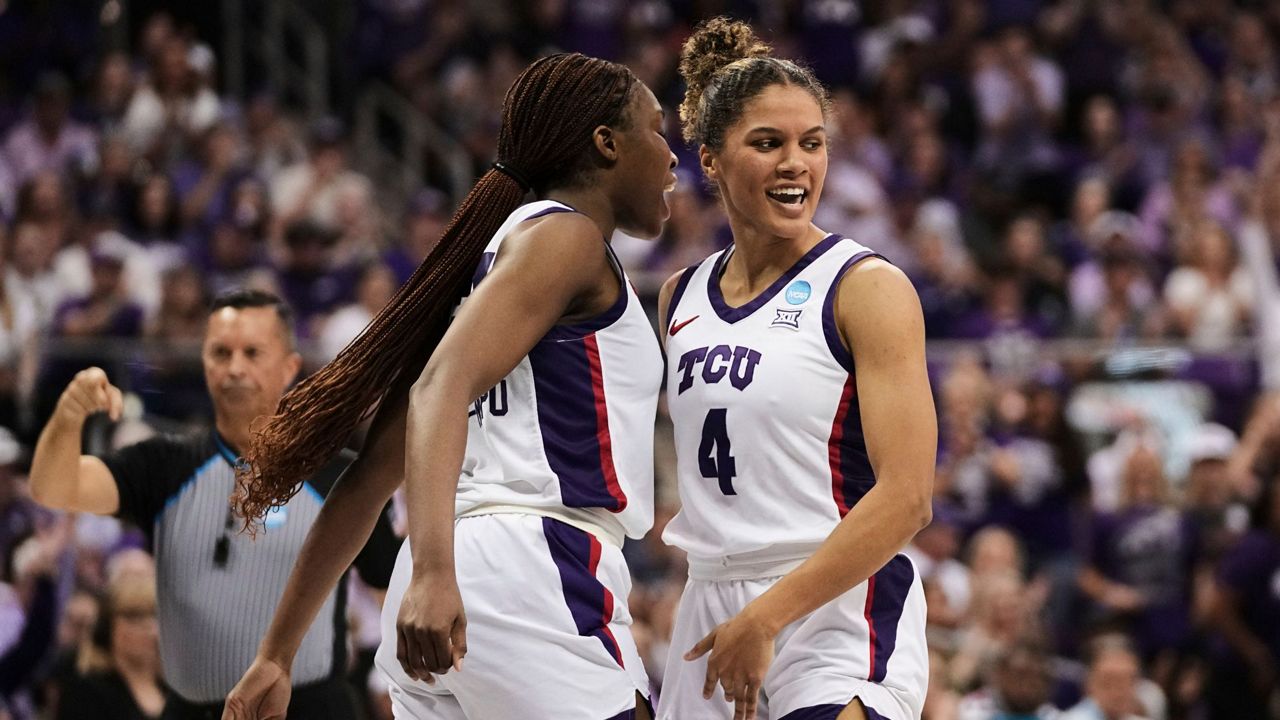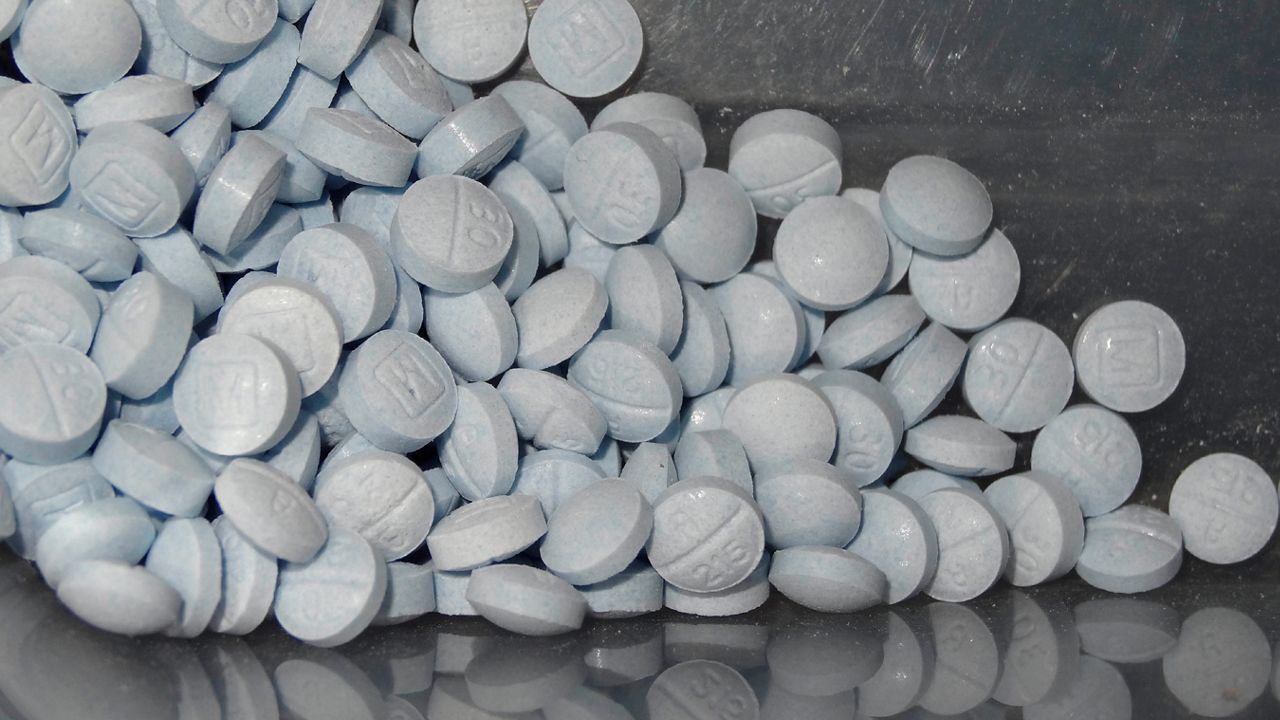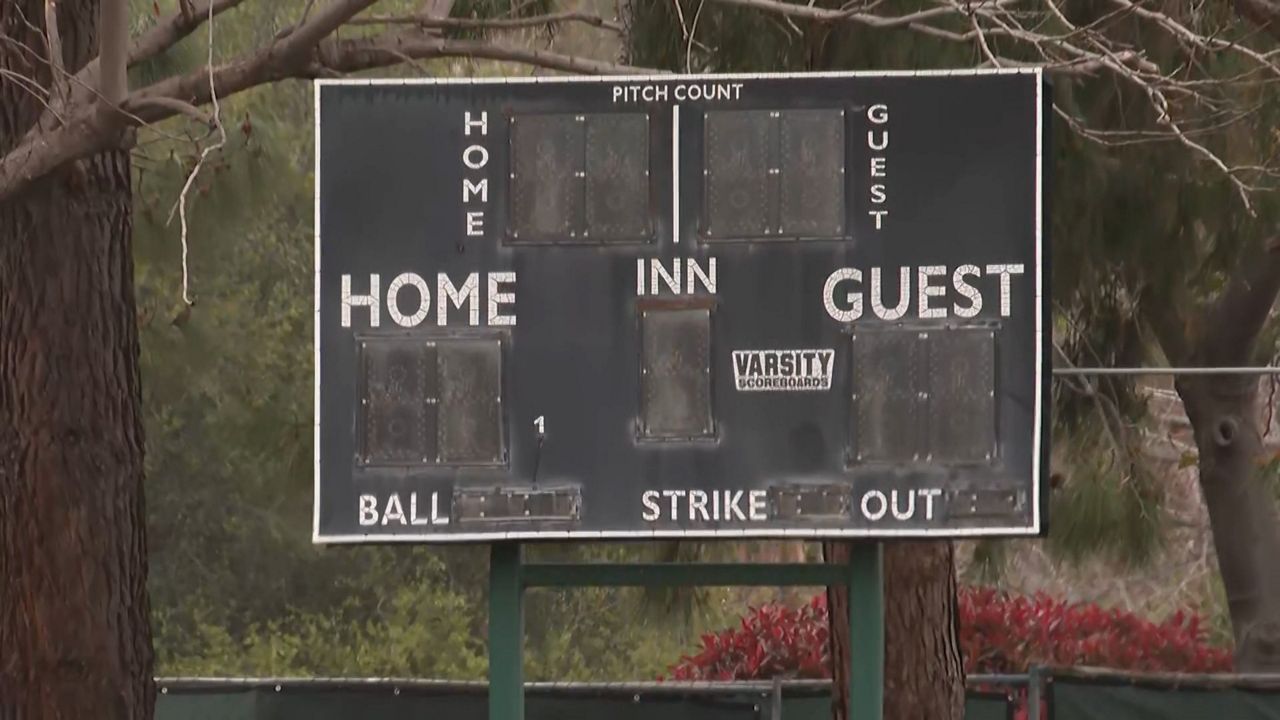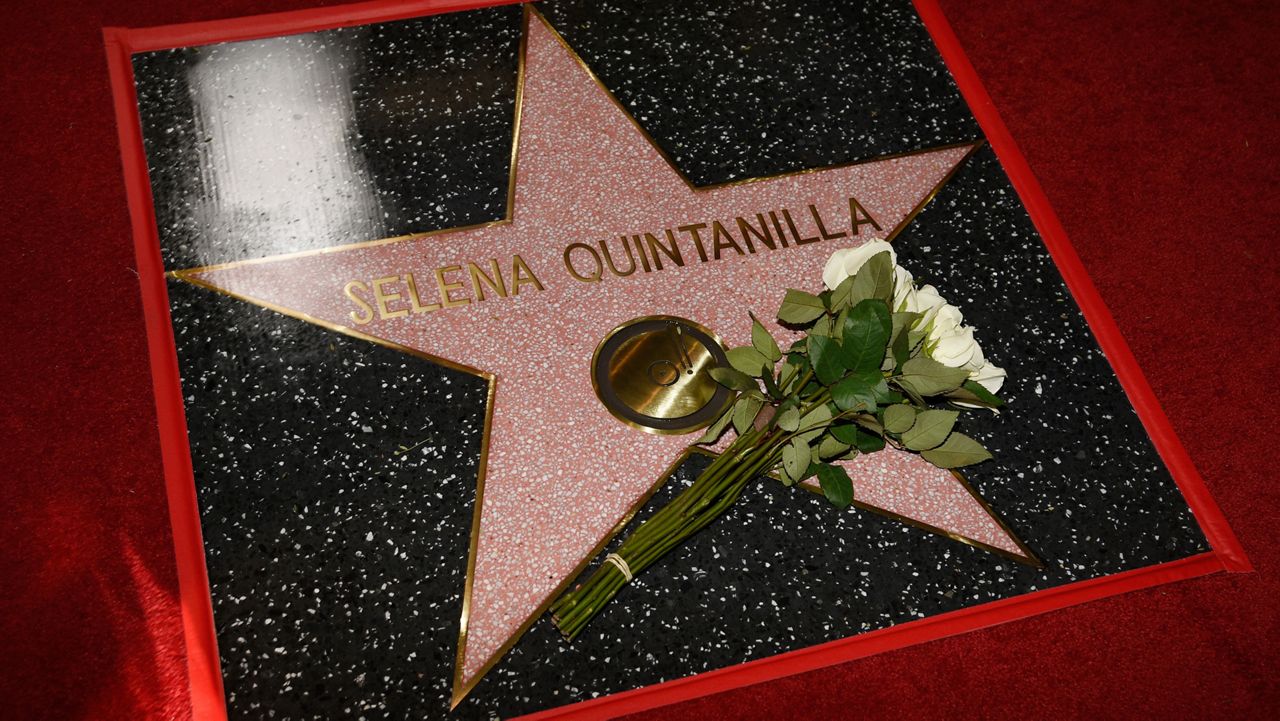SANTA CLARITA, Calif. — Día de los Muertos, or the Day of the Dead, is one of the most widely celebrated holidays in Mexico.
According to Statista, 76% of Mexicans celebrate the holiday. It is said that for one night, the veil between the living and the dead lifts, allowing departed loved ones to return for one celebration.
As he prepares his altar for Día de los Muertos, with the requisite objects like fruit, mezcal and flowers, restauranteur Ivan Vasquez feels deeply connected to his Oaxacan roots, and especially to his father, who passed away several years ago.
“I know my dad would enjoy a shot of mezcal — a copita of mezcal with me — and his favorite mole negro.”
Vasquez owns Madre! restaurants with several locations, including one in Santa Clarita. He’s originally from Oaxaca, so honoring the traditions of his culture is of utmost importance. He sources the items, or ofrendas, for the altar exclusively from local Oaxacan businesses.
“Oaxacans, we’re very special,” Vasquez said. “we want everything from Oaxaca for this season. All year, but especially this season. I want to see the tangerines from Oaxaca, i want to see the guavas from Oaxaca.”
Cristina Lopez, one owner of an Oaxacan goods store calenda imports, explains why it’s especially important for people like Vasquez, and the rest of the Oaxacan community, to keep these traditions alive.
“For those of us who have migrated, we don’t have the opportunity to return to Oaxaca to be with our loved ones,” Lopez explained in Spanish. “So unfortunately, many of us have lost loved ones. So it’s really important to bring a little bit of Oaxaca here to revive our traditions here, for those who aren’t able to return back home.”
Each ofrenda has its own purpose and meaning. The smoke from copal, or incense, guides the souls through its aroma. The cempasuchitl, or marigolds, make a path towards the altar. While the fruit, bread and mole are meant to sustain on their journeys to and from the world of the living.
According to the University of Arizona, these traditions go back some 3,000 years, to pre-Columbian Mesoamerica. To the Aztecs and other Nahua people, death was an integral part of life.
“We’re not scared of death. It’s a celebration,” Vasquez said.
As he finishes this altar, Vasquez is looking forward to celebrating the memory of his father, and all other departed loved ones, during this year’s Día de los Muertos.











